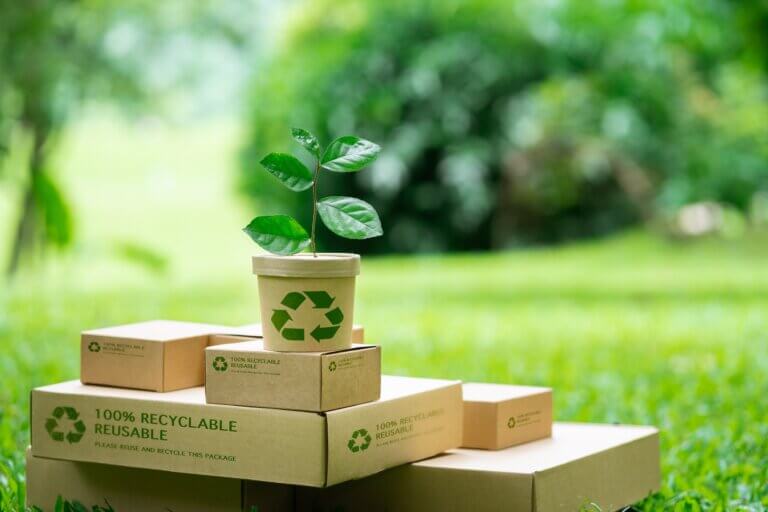Tips to Build Connected and Sustainable Neighborhoods
Where we live shapes how we connect with others, how we move, what resources we use, and ultimately, how we thrive. Well-planned neighborhoods have the power to support both people and the planet. They create vibrant places where community life flourishes and environmental goals are met.
The good news is that building a connected and sustainable neighborhood doesn’t have to be complicated. With thoughtful planning and collaborative effort, communities can become more livable, inclusive, and resilient.
1. Design for Everyday Connection
Neighborhoods that encourage natural human interaction are stronger, safer, and more vibrant. The presence of walkable streets, access to public transportation, and the integration of schools, parks, and stores within walking distance enable residents to complete their daily activities while staying connected to their environment and one another.
Designing to connect also includes creating to include people with disabilities. Accessible sidewalks, public benches, and open spaces with universal design features help everyone feel included and valued. Beyond the infrastructure, careful planning must also consider how spaces can foster relationships. Public plazas, shared gardens, and community centers become gathering points where trust is built and support is shared.
Such spaces are crucial, particularly for groups that may otherwise feel excluded. Intentional design can play a powerful role in creating supportive communities for everyone, particularly when planners consider inclusive features that accommodate people of all ages, backgrounds, and needs.
2. Build for Long-Term Resilience
While trees and parks are important, sustainability in neighborhoods must extend beyond them. It means utilizing materials and systems that minimize energy consumption, reduce waste, and work in harmony with the environment rather than against it.
The most basic and practical strategies to implement are ensuring proper orientation of buildings to utilize natural lighting, using energy-efficient appliances, and installing solar panels where possible. Efficient water management also proves to be profitable in the long term. Rain gardens, permeable pavements, and bioswales can reduce runoff and restore the groundwater supply.
On their own, such efforts might appear to be small, but collectively, they are a part of the huge influence of sustainable neighborhoods in addressing global environmental issues. The transition to greener communities reduces carbon footprints, enhances local air and water quality, and develops long-term resilience to climate effects.
3. Cultivate a Local, Self-Sustaining Ecosystem
A connected and sustainable neighborhood also supports its own micro-economy. When they purchase locally grown produce from community gardens and patronize local artists and service providers, the community retains its value in the area.
This hyperlocal model enhances economic sustainability and minimizes the environmental cost of transporting goods. Community-run markets, food co-ops, and repair cafés are all examples of initiatives that promote sustainability while building relationships among neighbors.
Even small features like lending libraries, tool shares, or community composting hubs can reinforce the idea that what is shared is more efficient and meaningful. Such systems promote interdependence and develop the stronger sense of investment in the community health.
4. Foster Participation and Shared Responsibility
No community can ever be truly connected or sustainable without the voice of its people. Local residents understand the challenges and the strengths of a place better than anyone. This is the reason why participatory planning is necessary.
When community members are involved in decision-making — either in workshops, surveys, or forums — they feel more committed to the long-term success. It is a trust-building process that ensures new developments take into consideration the diverse needs of the people who will use them.
Shared responsibility goes beyond governance. Neighborhood clean-up drives, resident-led safety initiatives, or volunteer-run tutoring centers are all examples of people taking ownership of their community’s well-being. Such initiatives contribute to shifting the attitude from passive use of services to active management of shared spaces.
5. Integrate Smart and Human-Centered Technologies
Although technology is often associated with big cities, it can also be helpful in neighborhoods. The trick is to apply it intelligently and in a manner that enhances the quality of life without substituting for the human element.
Smart lighting that adjusts to natural daylight, real-time transit apps that reduce waiting time, and digital bulletin boards that inform about local events can all be used to facilitate an easier, everyday living. Moreover, energy-monitoring tools enable residents to gain a better understanding of their energy consumption, and shared electric vehicle chargers will make traveling more environmentally friendly.
Digital platforms designed to support specific groups — like social tools that help people with dementia stay engaged in community life — also demonstrate how tech can foster inclusion and connection, rather than isolation.
Importantly, technology is not intended to exacerbate existing gaps. The availability of these tools should be equitable, and the design should be intuitive and easy to use, regardless of age or skill level. When thoughtfully implemented, smart systems can help reduce waste, conserve energy, and even increase community engagement levels by making it easier to access information and resources.
Conclusion
Designing connected and sustainable neighborhoods is not all about aesthetics or efficiency. It is about creating a place where people can feel they belong, resources can be shared and safeguarded, and every aspect of everyday life can be directed to a greater good.
Every move towards sustainability and connectedness is added to a greater change. These minor, deliberate decisions result in more resilient and caring communities and a healthier environment in the future.









